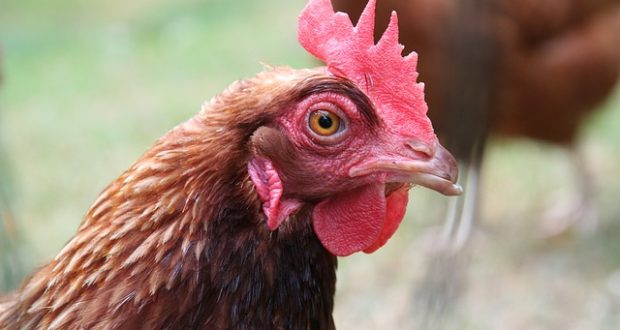Blog
6 best ways to increase egg production in winter
Egg production
1. A lot of good light
Chickens need at least 14 hours of daylight to start their internal clocks. By completing the light, just like in commercial production houses, you can cheat the internal chicken clock to think that it is spring, so that they lie throughout the winter. Remember to turn off the light at night when you go to sleep to give them a rest, but even a few extra hours of light in the evening can have a huge impact on production.
2. Nutritious food
In the winter months, chickens use many calories that they receive from food for heat. To lay eggs and at the same time maintain heat, they need more protein than usual in summer. Add the fact that in winter they do not have ready access to errors or grass, and you will have to supplement their food to provide them with joy, entertainment and productivity for winter months.
Generic egg feed generally contains 16 percent protein, while in winter to increase egg production you want to strive for 18 to 20 percent. A small amount of feeding with a high protein content every day or every other day raises the ladies and move and provide them with additional calories. Homesteaders have announced that they had received the right light once, adding a feeding of scratches doubled their daily production of eggs.
3. Liquid water
Egg production requires a lot of water, both in the metabolic process for chicken and in the egg itself. To keep lying on, chickens will need a ready source of fresh, liquid water. Although technically they can survive on a large supply of fluffy snow, they do not lie with it as the only source of water. Chickens will eat snow to survive, but it is not in their best interest. In warmer climates, keep the water fluid, bringing fresh warm water every day and placing it above the ground by 6-8 inches. In cooler climates, heated water sources can help, but they can be impractical for people living outside the network. Try to bring them small amounts of hot water several times a day, if possible, and give them at least one wet meal a day, immersing some of the food in water or milk.
Place the crisis garden by one akr for families that survive the need to store food
4. Elevated green feed
Egg production
Cultivation of its own small -scale animal feed has increased in recent years and for a reason. When seed grains are growled, they shed protective enzymes and convert the dumps into sugar. Feeding their chickens freshly growing feed will not only give them, but also will provide nutrients, otherwise they are missing outside the growing season.
To grow barley seeds, put a few holes in an aluminum baking tray (or plastic bag) and spread a thin layer of barley seeds. Water them every day, ensuring that additional water flows out the holes (to prevent mold and mold). Place them in a warm, sunny place, in the room, until the grains grow a thick lawn with a height of about four to five inches. At this point, you can tear off the frames of fresh barley “turf” for your chickens every day. Lack of fresh green feed, try to throw a piece of alfalfa hay each day, which will provide many of the same results, although it will be slightly less attractive for birds.
The healthiest “stored” food in the world!
5. Right breed
While heritage breeds can be attractive if you are looking for birds with double destiny worth breaking on the table, in fact the best egg production comes from modern, compact commercial hybrid birds. There are many breeds that are available to a home farmer, which are more productive than others, including Rhode Island Reds and White Leghorns. To get a good overall list of productive breeds, read “The eight best breeds lying of chicken eggs”.
6. Stagger Bird Eges
Production of eggs peak in most chicken breeds aged six to 18 months. After 18-24 months, chickens will naturally take a break from lying to molt and replenish feathers. They will return to lying at a slightly lower pace for another year or two, and then the production of eggs will drop dramatically as the chicken aging. To maintain a constant delivery of eggs, you will need birds from a stuck age to make sure that some are at the peak of KL. For most breeds, chicken are ready to retire eggs at the age of three. While they often put from one to two eggs a week throughout the life (often from six to eight years), you will feed them with the same right for 1-2 eggs a week, when you feed younger women for 5-6 a week.

